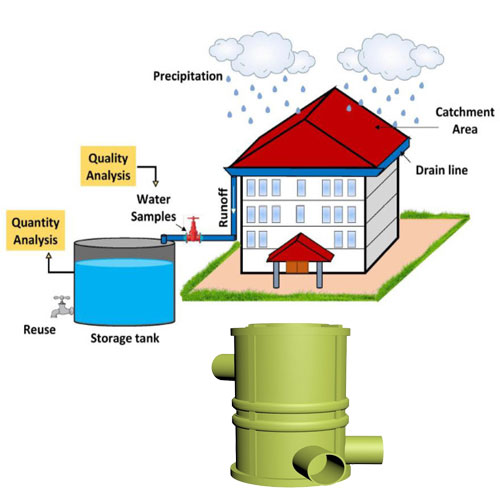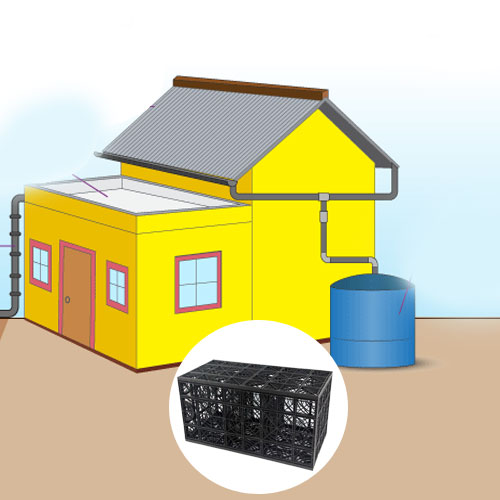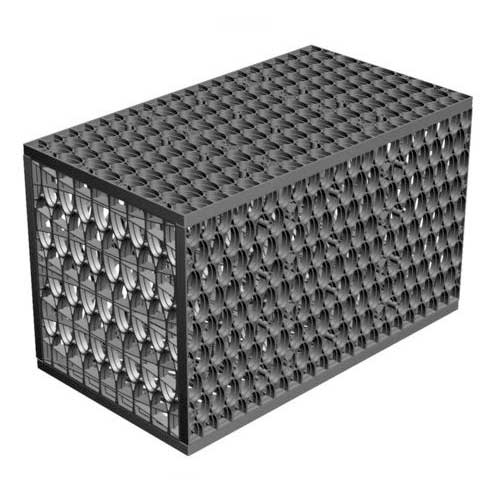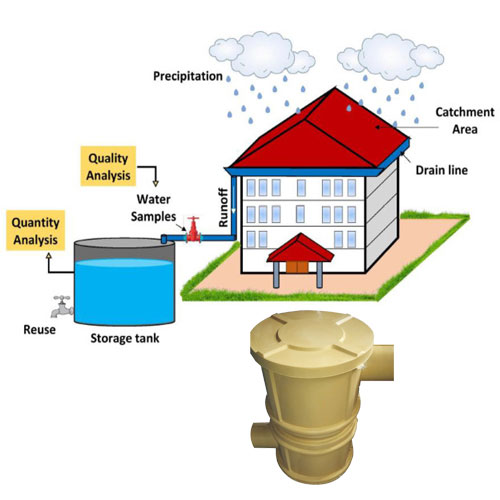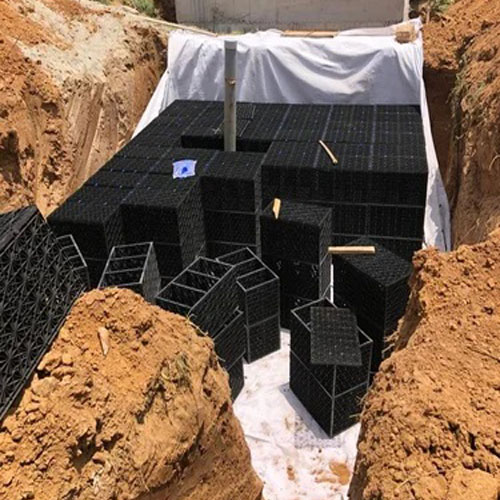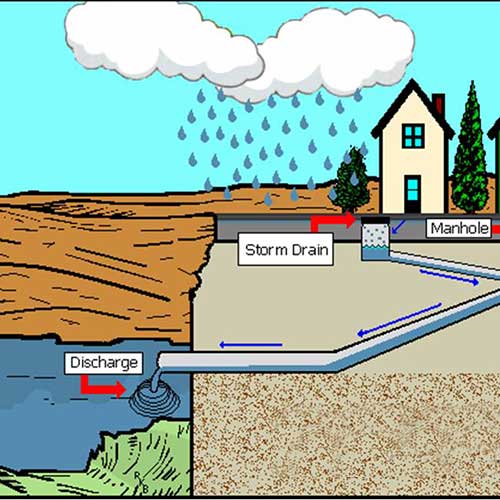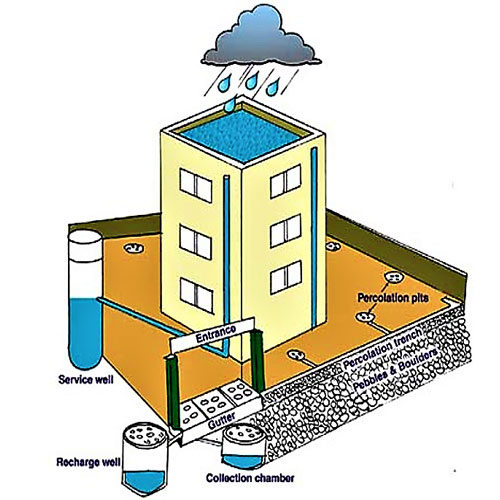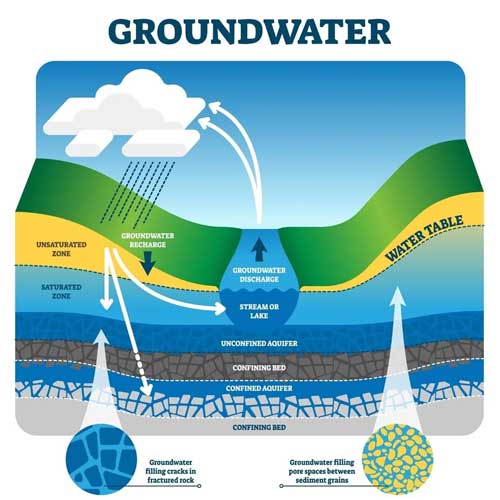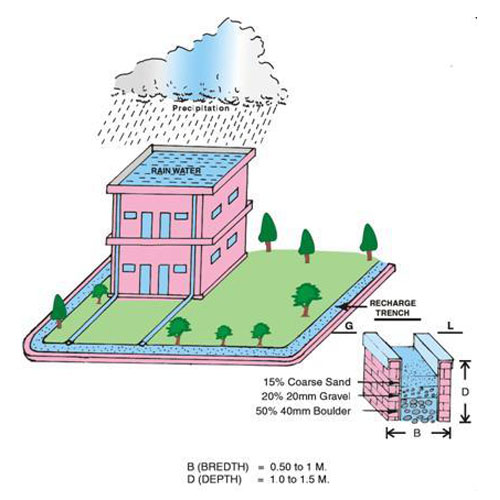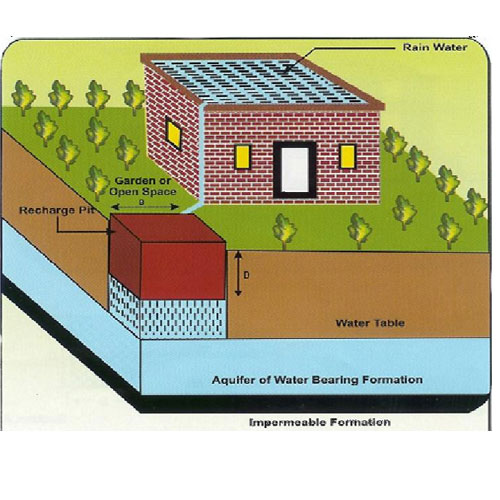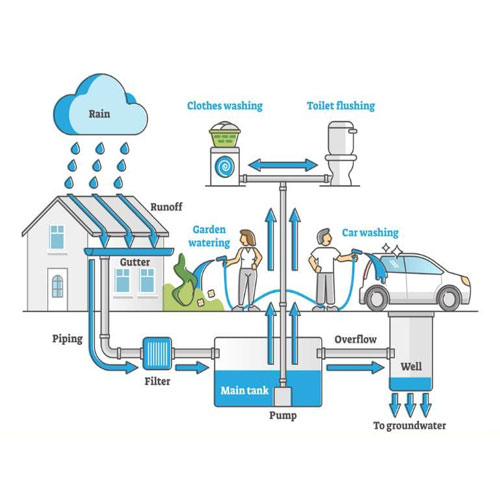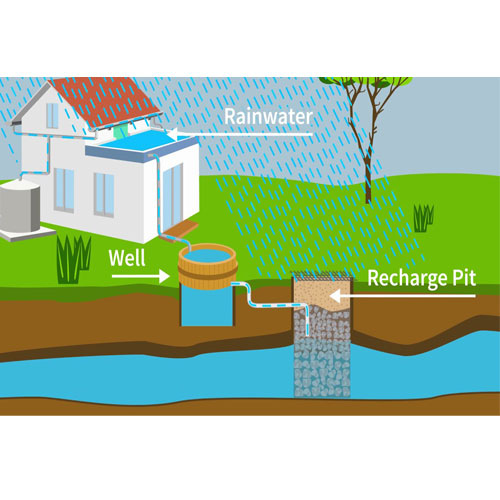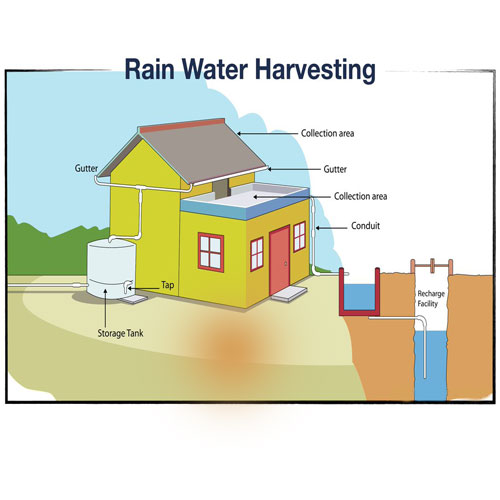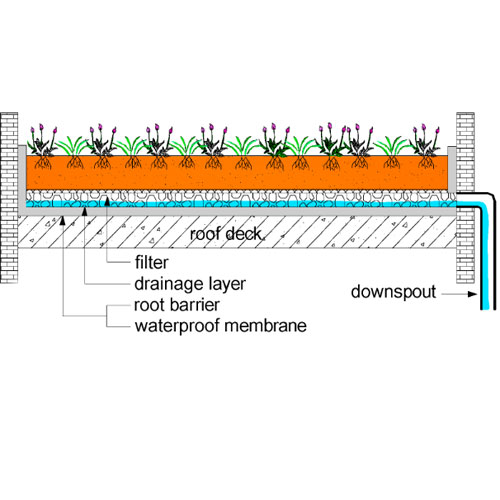Water is a precious resource, and the need for its conservation and sustainable management has become increasingly critical. In this pursuit, rainwater harvesting has emerged as a valuable solution that not only allows us to capture and store rainwater but also facilitates its recharge into the ground. A key component in this process is the rainwater harvesting tank, which plays a crucial role in water storage and recharge. In this article, we will delve into the significance of rainwater harvesting tanks in Delhi and their contributions to sustainable water management.
A rainwater harvesting tank serves as a vital storage unit, allowing the collected rainwater to be stored for future use. These tanks are designed to be sturdy, durable, and capable of holding significant volumes of water. Depending on the requirements and available space, rainwater harvesting tanks can vary in size, ranging from small tanks for residential applications to large-scale tanks for commercial and industrial purposes.
The construction of rainwater harvesting tanks involves careful consideration of factors such as material selection, design, and maintenance. Tanks can be made from various materials, including concrete, plastic, or fiberglass, each offering distinct advantages. Concrete tanks, for instance, are known for their durability and longevity, while plastic tanks are lightweight, easy to transport, and resistant to corrosion. Fiberglass tanks, on the other hand, are known for their strength and resistance to extreme weather conditions.
Rainwater harvesting tanks are equipped with various features to ensure efficient storage and management of collected rainwater. These include inlet filters or screens that prevent debris, leaves, and other impurities from entering the tank, ensuring the stored water remains clean and usable. Overflow outlets are also incorporated into the tank design to redirect excess water away from the tank during heavy rainfall, preventing overflow and potential damage.
Beyond water storage, rainwater harvesting tanks also play a crucial role in recharging groundwater reserves. Recharge is the process by which harvested rainwater is allowed to infiltrate into the ground, replenishing the aquifers. This helps maintain groundwater levels, especially in regions where groundwater depletion is a concern. Rainwater harvesting tanks can be integrated with recharge wells or infiltration trenches to facilitate the percolation of water into the ground. These systems ensure that excess rainwater, after being stored, is effectively and sustainably recharged into the earth.
The recharge process not only helps replenish groundwater reserves but also contributes to the prevention of soil erosion and the maintenance of water tables. By allowing rainwater to seep into the ground, rainwater harvesting tanks aid in sustaining vegetation, supporting ecosystems, and reducing the impact of droughts and water scarcity. Moreover, groundwater recharge through rainwater harvesting promotes self-sufficiency and reduces dependence on external water sources.
Rainwater Harvesting Tank Benefits You Must Know
Water conservation is more important than ever. A rainwater harvesting tank is a smart solution that not only saves water but also reduces your utility bills and protects the environment. Here are the key benefits you should know:
1. Save on Water Bills
By collecting and storing rainwater, you can reduce your reliance on mains water for gardening, washing cars, cleaning, and even household use (with proper filtration). This leads to significant savings on monthly water bills.
2. Eco-Friendly Solution
Rainwater harvesting helps conserve precious water resources. It reduces the demand on public water supply systems and decreases the energy used to pump and treat water. It's a simple yet effective way to reduce your environmental footprint.
3. Backup Water Supply
During droughts or water restrictions, having a rainwater harvesting tank ensures you have access to water for non-drinking purposes. It’s a reliable backup source in uncertain conditions.
4. Reduces Flooding and Erosion
Collecting rainwater reduces runoff, which in turn helps prevent soil erosion and local flooding. This makes it not just beneficial for your property, but also for the environment around you.
5. Promotes Healthy Plant Growth
Rainwater is free from chemicals, salts, and chlorine often found in tap water. It’s naturally soft and ideal for plants, lawns, and gardens.
6. Increases Property Value
Installing a rainwater harvesting system is an investment that adds value to your property. Buyers are increasingly looking for sustainable features that reduce long-term costs.
7. Low Maintenance
Once installed, rainwater tanks require minimal maintenance. With proper filters and occasional cleaning, they last for many years and continue to provide consistent benefits.
Rainwater harvesting tanks are a smart, sustainable investment that benefits both your wallet and the planet. Whether for home, commercial, or agricultural use, installing a rainwater harvesting tank is a simple step towards a more water-efficient future.
In addition to their functional contributions, rainwater harvesting tanks offer several advantages to users. Firstly, they provide a reliable source of water for non-potable uses, such as irrigation, gardening, and toilet flushing. This helps reduce the reliance on freshwater sources, resulting in substantial water and cost savings. Secondly, by utilizing harvested rainwater, individuals and communities can play an active role in conserving water resources and reducing the strain on municipal water supplies. Finally, rainwater harvesting tanks can act as a backup during periods of water scarcity or emergencies, ensuring a consistent water supply when other sources may be limited.
In conclusion, Modular Rainwater Harvesting Tank Manufacturers in Delhi are integral components of sustainable water management systems. They enable the efficient storage and management of rainwater while facilitating its recharge into the ground. By capturing rainwater and allowing it to infiltrate the earth, these tanks contribute to groundwater replenishment, reduce water scarcity, and promote environmental sustainability. Embracing rainwater harvesting and utilizing well-designed tanks not only conserves water but also enhances self-sufficiency and resilience in the face.
